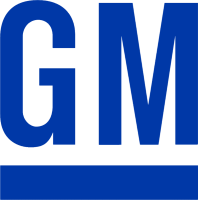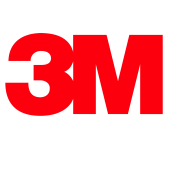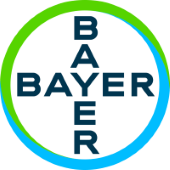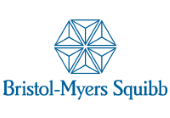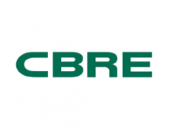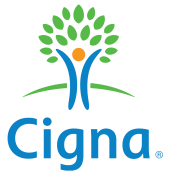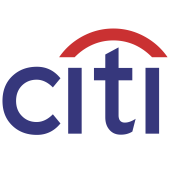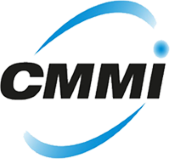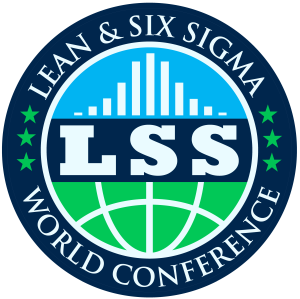 |
|  |
|
Conference Focus AreaAre you tired of leaving conferences without new knowledge and ideas? Sick of presentations that are all self-promotion and no content? Want to network with industry experts that have real experience? You've been attending the wrong conferences! The Lean & Six Sigma World Conference gathers only the best and brightest speakers from Lean & Six Sigma for two days of top-notch keynotes and presentations, networking, and idea-sharing. Whether a practitioner, leader, or consultant, you will gain insights and information that will make you more effective at cutting waste, reducing defects, and effecting change in your organization. |
Join us at the Lean Six Sigma World Conference, where excellence meets innovation! Whether you're a seasoned practitioner or just starting your Lean Six Sigma adventure, our conference offers a vibrant platform to learn, connect, and grow. Prepare to dive deep into cutting-edge topics like the fusion of Artificial Intelligence and Lean Six Sigma, digital transformation, and industry-specific applications. Get ready for an exhilarating experience filled with learning, networking, and inspiration. Whether you're a seasoned professional or just beginning your Lean Six Sigma journey, this conference is the place to be. We're bringing together industry experts, thought leaders, and practitioners from around the globe to explore the latest trends, advancements, and success stories in Lean Six Sigma. But wait, it's not all about serious business! Expect an electrifying atmosphere where knowledge and fun converge. Engage in interactive sessions, hands-on workshops, and captivating discussions that will leave you with practical insights and a fresh perspective. Plus, our social events and networking opportunities will ensure you make meaningful connections and create lasting memories. So, mark your calendar and get ready to be part of something extraordinary. Join us at the Lean Six Sigma World Conference and unlock the limitless possibilities of continuous improvement. Register now to secure your spot and embark on a transformative journey that will propel your career and organization to new heights. Visit our website periodically for more details, speaker announcements, and registration information. See you at the conference! Executive Committee Member | CONFERENCE TOPICS
INDUSTRIES
| WHO SHOULD ATTENDThe Lean & Six Sigma World Conference has something for everyone. The Organizing committee aims to have the most comprehensive technical program and training in the field of Lean & Six Sigma.
LSS STANDARDSOne of the most talked about topics in the past several years has been whether the Lean & Six Sigma community needed some standardization of Black Belt and other Lean & Six Sigma Belt training curriculum. During several panel discussions held during the most prominent Lean & Six Sigma Conferences, the audience and the panel members concluded that standardization of training was critical for providing consistency. In an effort to respond to the needs of the LSS community, a Committee was formed consisting of a group of well-known experts on Lean & Six Sigma, to create a set of standards for Black Belt Training. After a great deal of work, the LSS Standards for Black Belt Training is complete. Dr. Feldman will discuss the main clauses and components of the standard, and describe the implications of the standard on existing and future certifications. He will answer questions regarding the future of other planned Belt standards. This is a must-attend session to hear how the LSS community is moving forward and how it will benefit your organization. The audience will be encouraged to ask such questions as:
The following topics will be presented with a brief explanation of each, the rationale for including it in a LSS BB curriculum and examples of how these tools will apply to all types of organizations be they manufacturing or non-manufacturing.
|




























